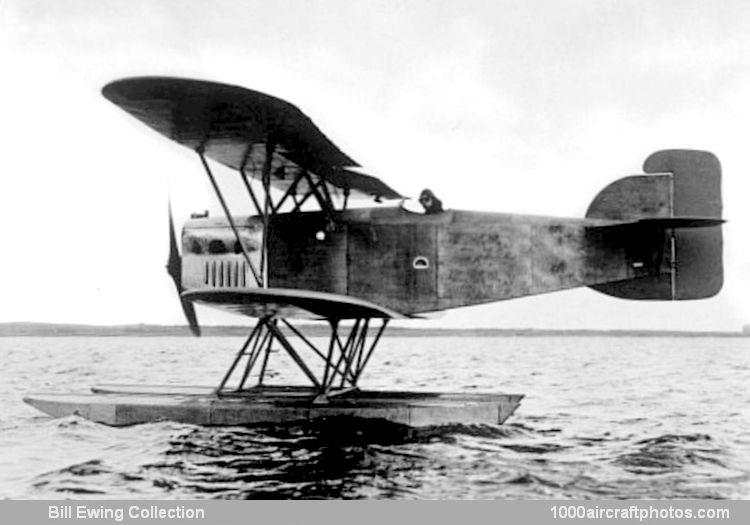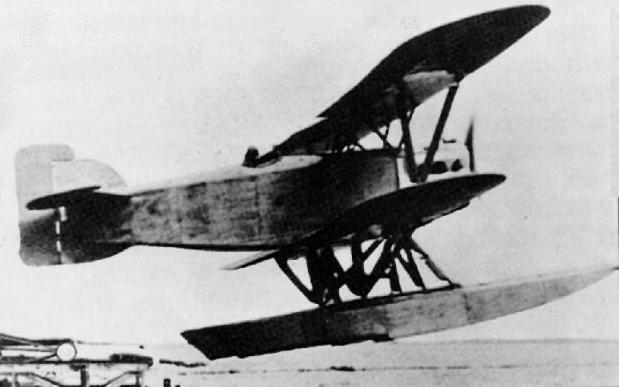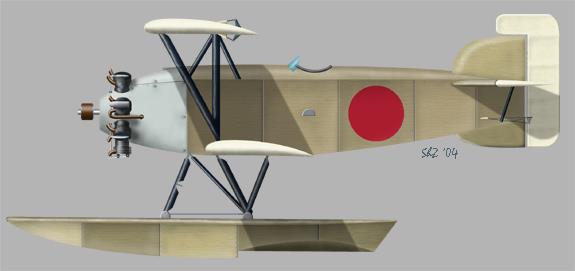| Type |
Single seat spotter seaplane |
| Engine |
1 Hispano-Suiza HS 8 |
1 Nakajima (Licence Bristol) Jupiter VI |
| Dimensions |
Length 8,30 m , height 3,59 m , span 11,80 m , wing area 37,84 m2 , |
Length 8,44 m , height 3,59 m , span 11,80 m , wing area 37,84 m2 , |
| Weights |
Empty 1100 kg, loaded 1677 kg , max. take off weight , fuel 600 l |
Empty 1150 kg, loaded 1500 kg , max. take off weight , fuel 600 l |
| Performance |
Max.. speed 185 km/h, landing speed 77 km/h, cruising speed 165 km/h, range 900 km, endurance 5,0 h , service ceiling , climb to 1000 m 4,0 min., to 2000 m 8.5 min., to 3000 m 14,0 min. |
Max.. speed 211 km/h, cruising speed 165 km/h, range , endurance , service ceiling 5200 m , climb to 3000 m 7,5 min. |
| Armament |
1 7,7 mm machine gun in front |


